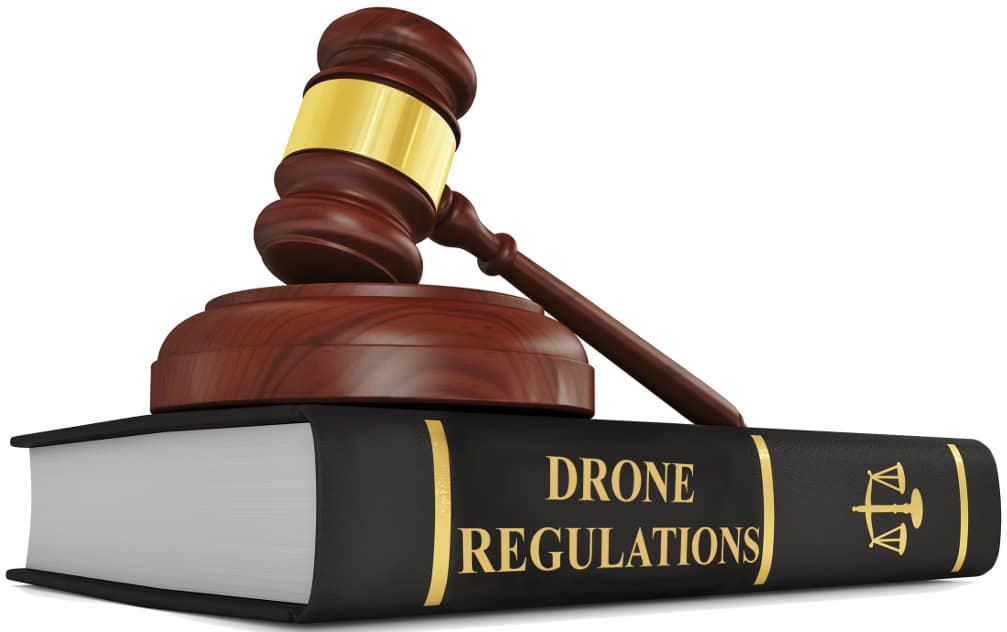Drone Regulations in India
Understand the latest DGCA drone rules, licensing, and how businesses can comply.

Introduction
Drones, or unmanned aerial vehicles (UAVs), have seen rapid adoption across India in recent years — from agriculture and e-commerce to defense and disaster relief. However, with their growing use, the Directorate General of Civil Aviation (DGCA) and the Government of India have put in place comprehensive regulations to ensure safe and legal operations.
This article explores India’s current drone regulations, licensing procedures, no-fly zones, and what businesses and individuals must know before flying drones.
Drone Classification under Indian Law
According to the Drone Rules, 2021, drones are classified into five categories based on maximum takeoff weight:
- Nano drones: Less than or equal to 250 grams
- Micro drones: 250 grams – 2 kg
- Small drones: 2 kg – 25 kg
- Medium drones: 25 kg – 150 kg
- Large drones: Greater than 150 kg
The category determines the type of license, permissions, and operational restrictions required.
Key DGCA Rules for Drone Operations
1. Mandatory Registration
All drones (except nano drones) must be registered on the Digital Sky Platform and issued a Unique Identification Number (UIN).
2. Licensing Requirements
Commercial operators of drones larger than 2 kg must obtain a Remote Pilot Certificate (RPC) from a DGCA-approved training organization. Hobbyists using nano drones in approved areas do not require certification.
3. No-Fly Zones
The DGCA has defined red zones where drones cannot fly, such as:
- Near airports (within 5 km)
- Military installations
- International borders
- State secretariat complexes
- Strategic and vital infrastructure sites
Flying in these areas without explicit permission can lead to penalties or imprisonment.
4. Height and Distance Restrictions
Depending on drone class, altitude limits and visual line of sight (VLOS) requirements apply. For example, micro and small drones may fly up to 120 meters but must remain within the pilot’s line of sight.
5. Night Operations
Drones can be operated at night only if they are equipped with adequate anti-collision lighting and approvals are secured.
Recent Policy Developments
In line with the government’s Drone Shakti initiative, regulations are evolving to balance innovation with safety. Key updates include:
- Removal of several operational restrictions from older frameworks.
- Introduction of Drone Certification Scheme to ensure quality and reliability of UAVs.
- Incentives for local manufacturing under “Make in India”.
- Green and Yellow zones defined for simplified operations with fewer approvals.
Business Use Cases and Compliance
Commercial entities in agriculture, mining, e-commerce, media, and logistics are increasingly using drones. To operate legally, they must:
- Register their drones and pilots with DGCA.
- Use only approved drone models listed on the Digital Sky Platform.
- Comply with NPNT (No Permission – No Takeoff) protocols.
- Maintain logs of flight operations.
Failure to comply can result in fines, cancellation of licenses, and legal action.
Penalties for Violations
The Drone Rules, 2021 specify penalties for violations:
- Flying without registration: Up to ₹1 lakh fine
- Operating in restricted zones: Higher fines and possible imprisonment
- Non-compliance with safety protocols: Suspension of pilot certificate
Challenges in Implementation
Despite progressive reforms, challenges remain:
- Awareness gap: Many hobbyists are unaware of DGCA regulations.
- Infrastructure: Limited number of approved training centers for pilot certification.
- Enforcement: Monitoring illegal drone activity across India is resource-intensive.
- Privacy concerns: Misuse of drones for surveillance continues to raise public concerns.
The Road Ahead
India’s drone regulations are moving toward liberalization with a strong emphasis on safety and accountability. In the coming years, expect:
- Expanded green zones for easier drone operations.
- Integration of 5G and AI for smarter UAV traffic management.
- Stronger public-private partnerships to promote drone adoption across industries.
- Introduction of Drone Ports and corridors for logistics and delivery operations.
Conclusion
Drones are poised to revolutionize multiple sectors in India, but their safe adoption hinges on effective regulation. The DGCA’s evolving framework strikes a balance between encouraging innovation and safeguarding national security, privacy, and public safety. For businesses and individuals, understanding and complying with these rules is the first step toward unlocking the full potential of drone technology in India.


Comments (3)
Great article! The section about performance optimization was particularly helpful for my current project.
Thanks for sharing these insights. Would love to see a follow-up article with more advanced techniques.